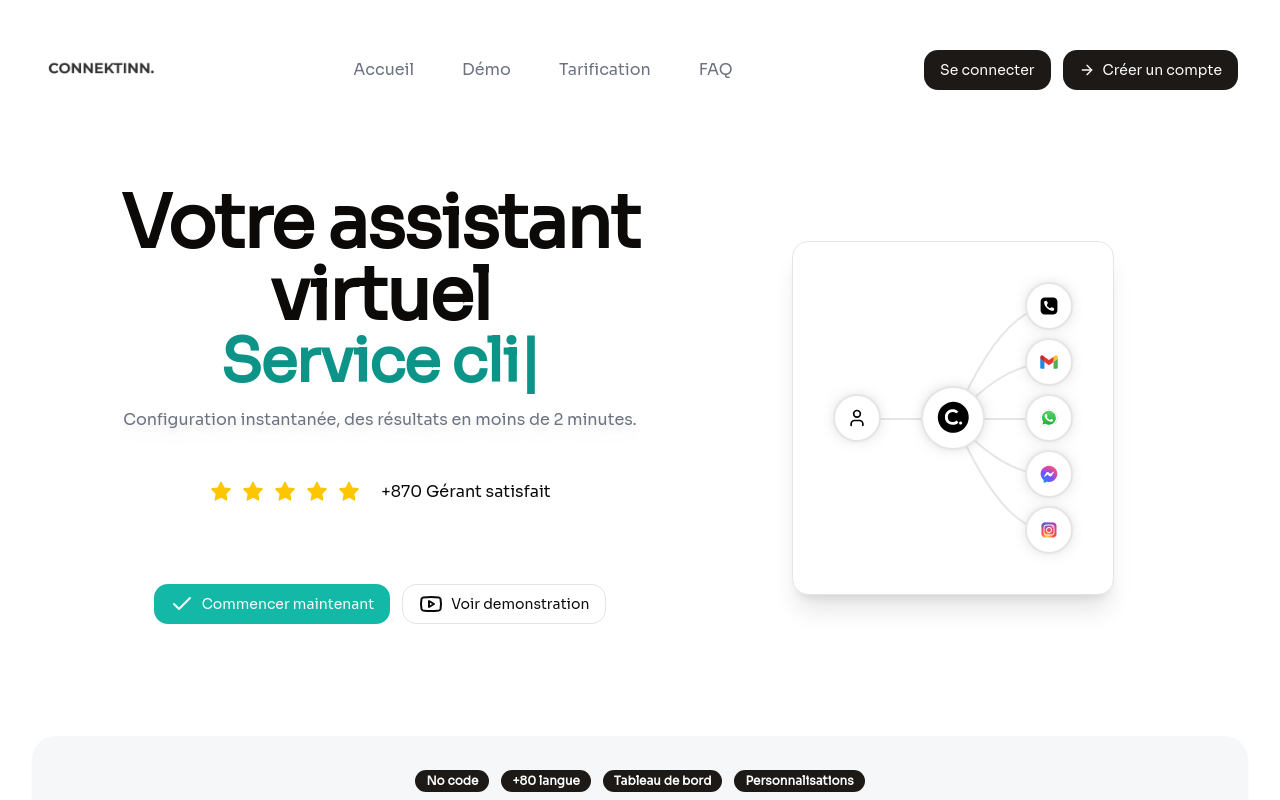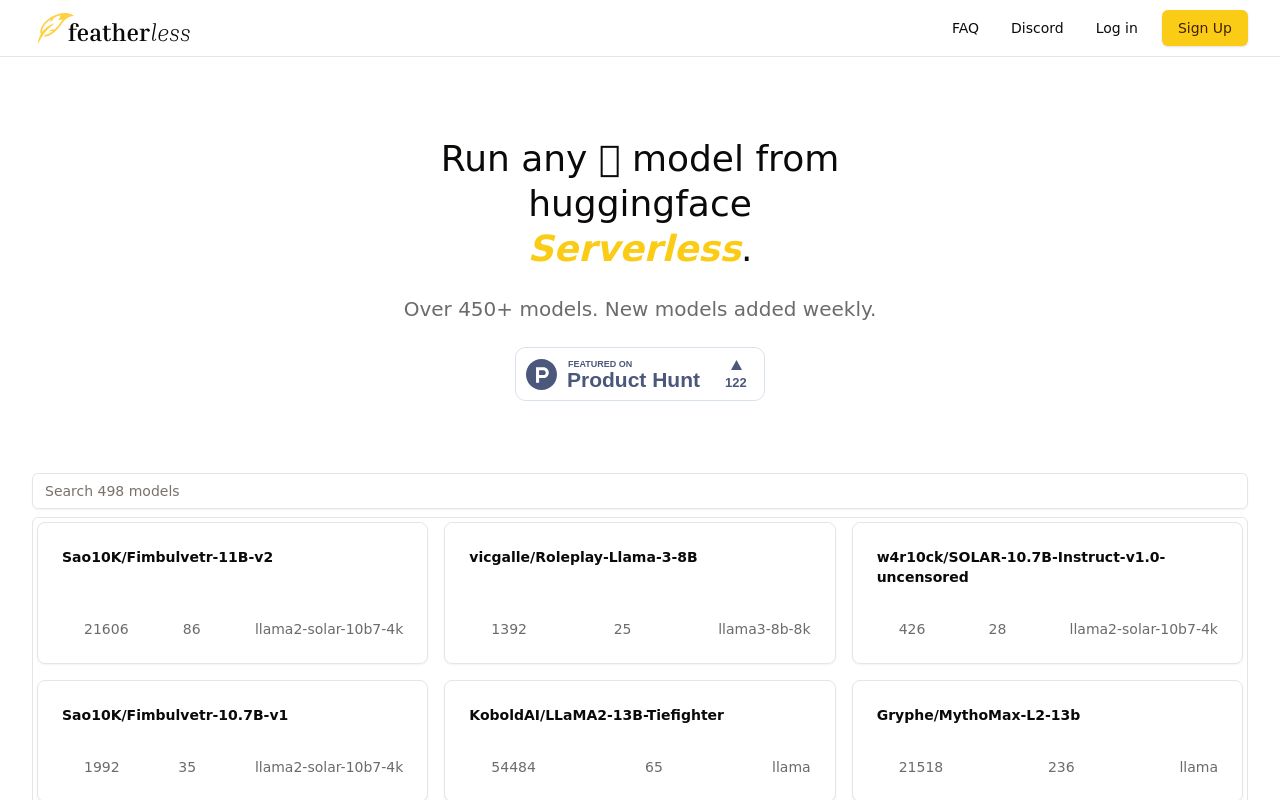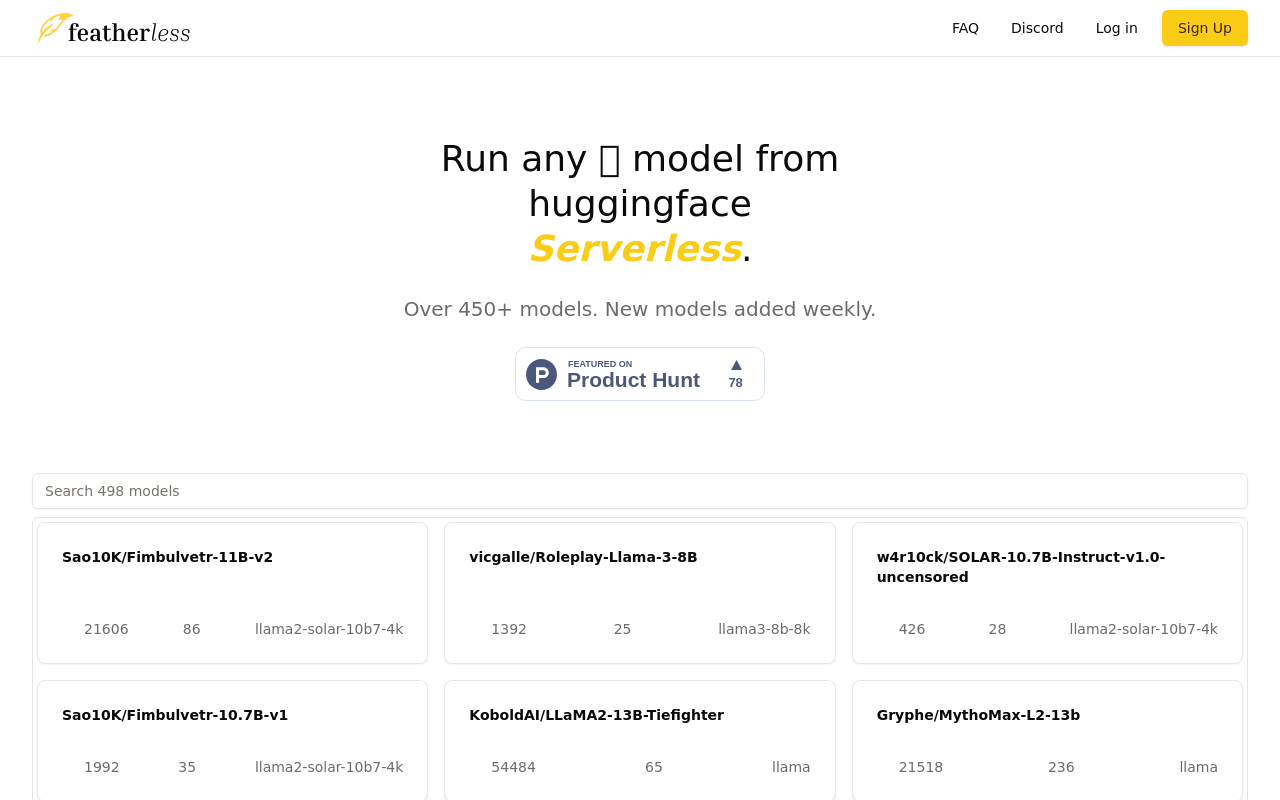Best for:
- Remote Teams
- Startups
- Project Managers
Use cases:
- Centralized Information Management
- Enhanced Collaboration
- Efficient Resource Retrieval
Users like:
- Sales
- Marketing
- Engineering
What is Sense?
Quick Introduction
Sense is a comprehensive information management tool designed for both teams and individuals who struggle to keep up with the vast amount of data and communication sprawled across multiple work applications. Integrating effortlessly with a variety of popular work apps like Jira, Slack, Teams, Outlook, and more, Sense centralizes all your documents, links, files, and conversations into one easily manageable location. It’s particularly useful for those managing remote teams, startups, or any environment where organization and retrieval of information is essential to productivity and workflow efficiency.
Primarily designed with the modern, tech-savvy professional in mind, Sense offers an AI-powered solution to the chaos of disparate work apps. Beyond simply aggregating information, it maps relationships between different data points using advanced algorithms, making it easy for users to locate and utilize their information resources. The tool’s intuitive interface ensures that users can quickly access any piece of data they need without the usual hassle associated with jumping between multiple platforms.
Pros and Cons
Pros:
- Comprehensive Integration: Sense seamlessly integrates with various popular work applications, providing a unified view of all data.
- AI-Powered Organization: Its AI capabilities automatically organize and interrelate documents, links, and conversations effectively.
- Privacy Focus: High privacy standards ensure that no sensitive data is stored, only metadata, giving users full control over their data.
Cons:
- Limited Individual Application: While useful for individuals, its benefits shine most in team settings where data fragmentation is more pronounced.
- Learning Curve: New users may require some time to familiarize themselves with all the features and integration options.
- No Offline Access: Requires continual internet access, which could be an issue in areas with intermittent connectivity.
TL:DR
- Centralizes all work data across different applications
- AI-powered organization of documents and communications
- High emphasis on privacy and secure data management
Features and Functionality
- Spaces: Automatically organizes every file, task, and link from your various apps in specific categorized spaces, reducing chaos and enhancing searchability.
- People: Centralized area to quickly find shared content from colleagues, ensuring no important information is lost or hard to find.
- Search: An omnipotent search capability that scans across all integrated apps and documents, streamlining the process of retrieving information.
- Sharing Suggestions: Suggests relevant information to share with team members, ensuring no key data is overlooked during collaboration.
- Chrome Extension: Seamless integration with Chrome for on-the-fly searches across all tools using a simple keyboard shortcut.
Integration and Compatibility
Sense boasts an impressive list of integrations, supporting widely-used tools such as Slack, Google Drive, Jira, and Microsoft Teams, among others. It automatically maps connections between data points across these platforms using graph and machine learning algorithms.
Do you use Sense?
Standout integration capabilities include its ability to interrelate data from various sources, like linking conversations from Slack that mention specific documents in Google Drive.
Benefits and Advantages
- Unified Work Environment: Integrates data from multiple work apps into one organized location.
- AI Organization: Uses advanced algorithms to organize and relate documents, reducing time spent on manual organization.
- Enhanced Productivity: Cuts down time spent searching for information, allowing users to focus more on their core tasks.
- Privacy Assurance: Emphasizes security and data privacy; only metadata is stored, not content from the apps.
- Effective Decision-Making: Provides ready access to up-to-date information required for making knowledgeable decisions.
Pricing and Licensing
Sense offers a 14-day free trial with no credit card required, perfect for users to test its full suite of features. Post-trial, versatile subscription plans accommodate individuals and teams, though detailed pricing tiers were not provided in the context.
Support and Resources
Users have access to customer service, comprehensive documentation, and a supportive community forum, including a Discord community for asking questions directly. Additionally, real-time assistance during the onboarding and setup phase makes the transition to this powerful tool seamless.
Sense as an Alternative to Notion
Sense can be a compelling alternative to Notion for those aiming to centralize not just notes and documents, but also comprehensive communications and files from multiple work apps. Sense’s focus on AI-driven organization and privacy gives it a notable edge, especially in complex, dynamic team environments.
Alternatives to Sense
- Notion: Primarily remarkable for individual note-taking and small team projects, although not as strong in aggregating data from other work apps.
- Trello: Excellent for visual project management but lacks the AI-driven document interrelations that Sense excels in.
- Evernote: Ideal for personal note management and basic task organization but doesn’t offer the extensive app integration Sense provides.
Conclusion
In summary, Sense stands out as a powerful tool for both individual users and teams that require efficient, AI-driven organization of information distributed across various work applications. With its robust integration capabilities, focus on privacy, and user-friendly interface, Sense ensures a significant boost in productivity by reducing the time spent on information retrieval and management. It is particularly suitable for remote teams or professionals handling vast amounts of digital data daily.



